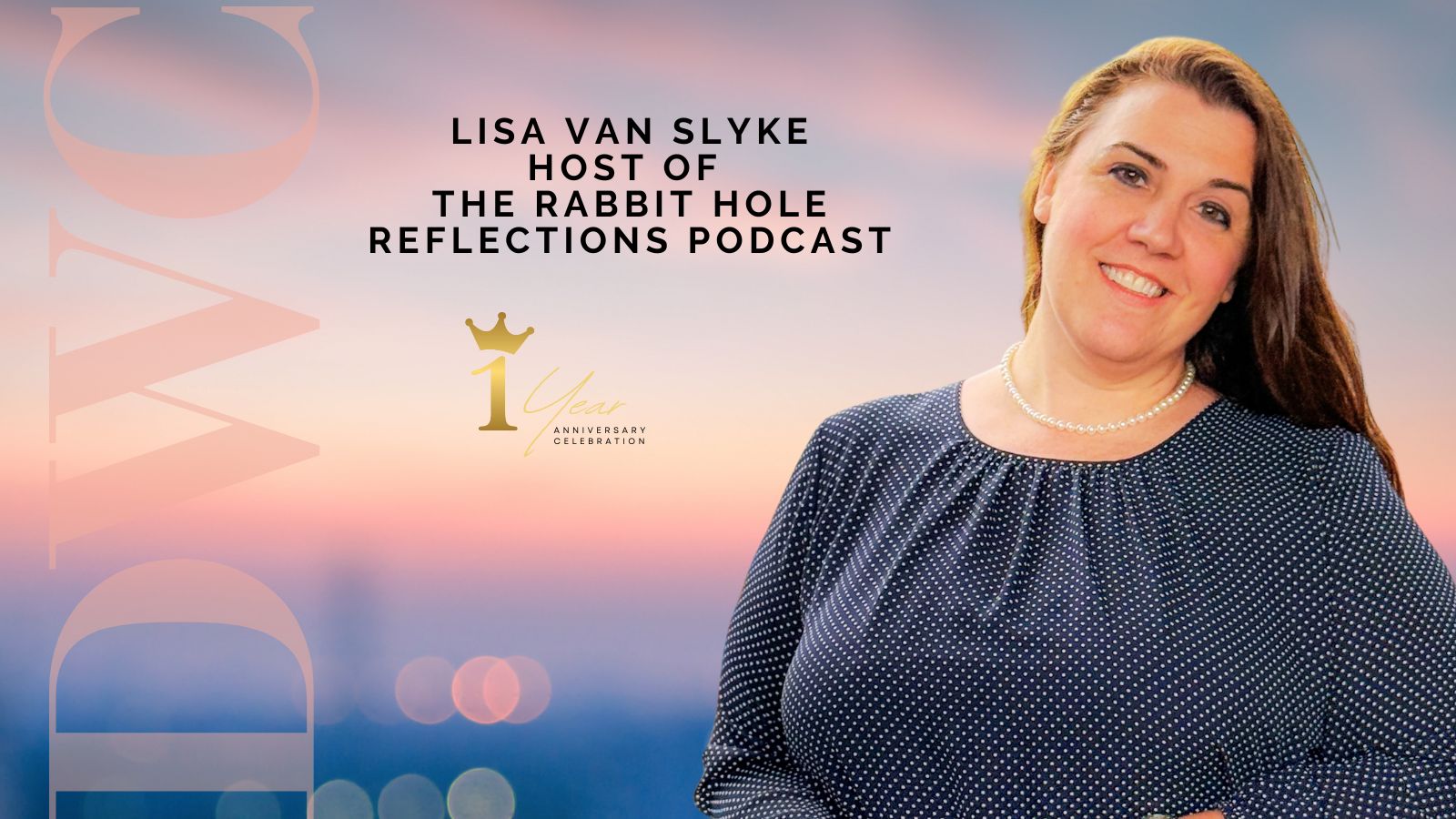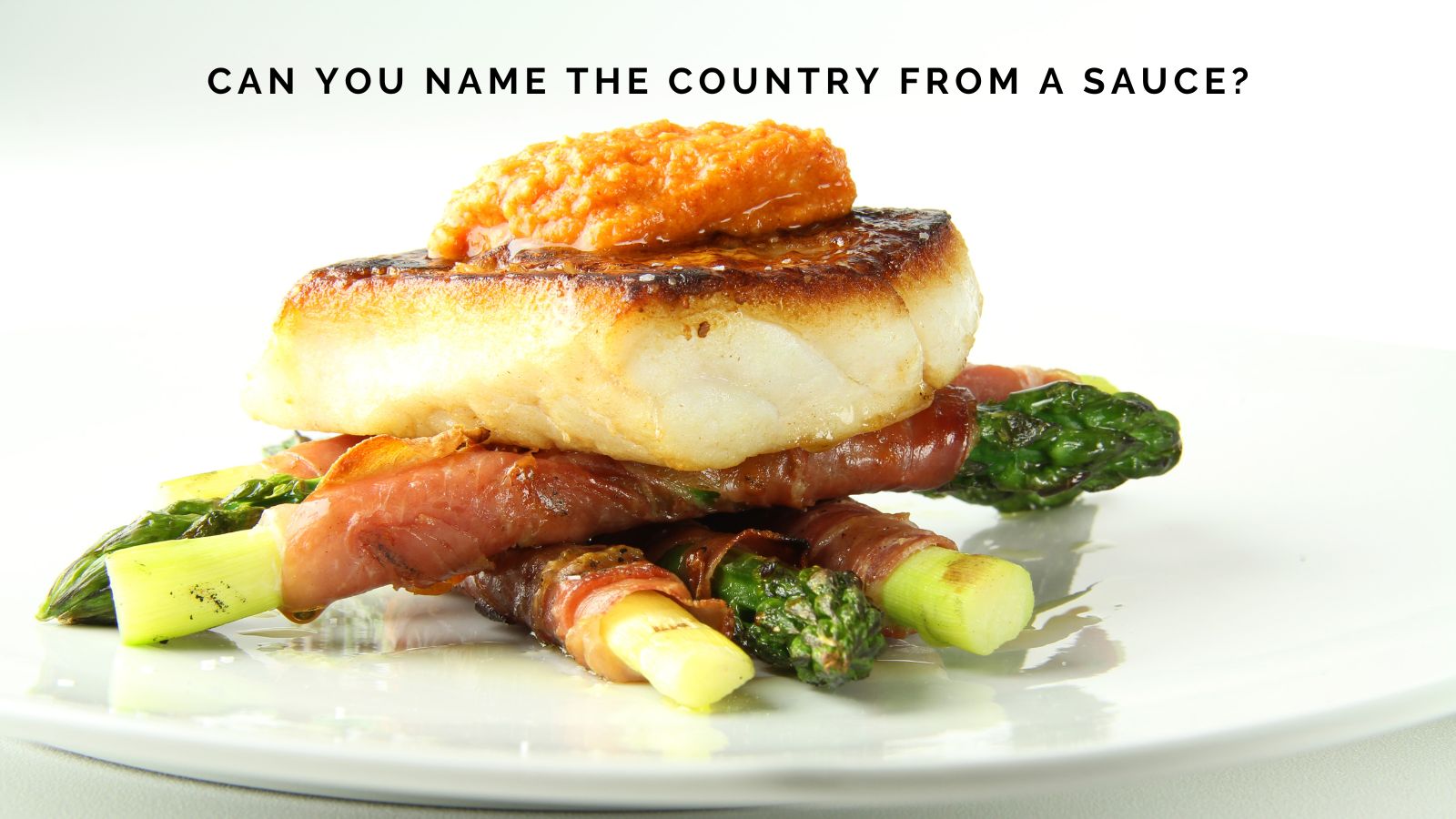
Understanding and Avoiding Shadowbans on Meta: What You Can Do
I’ve received quite a few messages lately asking about shadowbans—particularly from those experiencing sudden drops in reach on Facebook groups. While I can’t respond to everyone individually, I hope this post helps clarify what’s happening and, more importantly, what can be done to avoid these issues.
The Context Behind the Shadowbans
If you’ve noticed a significant drop in reach or engagement, you're not alone. Many users and group admins are currently affected. The root cause likely traces back to the April news release from Meta (available via the Meta Newsroom), where it was explicitly stated that the platform would begin prioritising original content. Content deemed copied or recycled—especially when posted en masse across multiple groups—would have its reach reduced significantly.
This isn’t new. Meta has done this before. Think back to 2014, when Facebook cracked down on people using personal profiles for business. They enforced the use of Pages instead. Every few years, we see Meta make changes to push users towards better practices and original engagement.
What You Should Stop Doing. Let’s address a few common mistakes that might be contributing to your low visibility:
Posting the same content across 20–30 groups at once: Despite what some “coaches” may suggest, this is a fast-track to getting flagged by the algorithm. Repetition, especially in quick succession, is treated as low-value content.
Copy-paste posts, memes, screenshots, or external links: These are typically deprioritised, particularly if they're widely circulated elsewhere. Even if your post is getting shared, it doesn’t mean it’s being seen by new people.
Generic or duplicate group names: If your group name is identical or extremely similar to an existing, well-established group, Meta may classify it as redundant or spammy.
Ignoring spam: If you're a group admin, letting spam linger—even for an hour—can hurt your group’s overall trust score. Make use of the group filter tools. It’s your responsibility to maintain a clean and engaging environment.
How to Tell If You’ve Been Shadowbanned
Check your insights and post reach statistics. If your reach has suddenly and sharply dropped—and this isn’t due to a seasonal dip or change in posting frequency—you may be dealing with a shadowban. One of the tell-tale signs is **no engagement within the first hour** of posting. That first-hour window is key: if you’re not seeing likes, comments or shares, your content isn’t being surfaced.
This could mean one of two things:
1. The content is being flagged as low-value or repetitive.
2. Certain words or formats in your post violate Meta’s terms and reduce visibility.
What You Can Do Instead. Now to the important part: what to do—and what not to do—to stay in Meta’s good graces.
Focus on Original Content. Create unique, native posts directly for the platform you're using. Share your own insights, photos, or videos. Make it personal and relevant to your audience. This always performs better than repurposing viral content or resharing links.
Vary Your Content Across Groups. If you're a member of multiple groups, tailor your content for each one instead of mass-posting the same thing. Add different intros, angles, or questions to each post to make them feel organic and genuine.
Engage With Your Community. Respond to comments, ask questions, and encourage dialogue. The algorithm favours posts that spark meaningful conversations. It’s not just about posting—it's about participating.
Audit Your Old Posts. Go back through your recent activity and look for patterns. Are you using the same words repeatedly? Are you sharing the same meme or quote graphic across multiple spaces? Clean up where needed.
Be Strategic With Links. If you’re going to include a link, keep the rest of the post rich in original text. Or, better yet, post the content natively and include the link in the comments. This can sometimes preserve reach while still directing traffic where you want it.
Avoid Trigger Words or Clickbait. Posts that include aggressive sales language, misleading headlines, or trigger certain flagged words (even unintentionally) may be limited in reach. Read Meta’s content guidelines carefully and stay up to date with policy changes.
What If You’re Already Shadowbanned? Here’s the hard truth: you can’t force your way out of a shadowban. Once you're flagged, it’s a waiting game. It might take 28 days. It might take a year. In some cases, you may never fully recover that particular account’s visibility.
However, all is not lost. While you wait:
Rebuild trust with the algorithm through slow, steady posting of high-quality, original content.
Avoid repetitive posting patterns or anything that might be interpreted as spammy.
Use the time to explore new platforms or build your email list. Don’t put all your digital eggs in one basket.
I’ve worked in social media since 2012, full-time from 2014, and in community management since 2018. I’ve seen waves like this come and go. The best advice I can give is this: don’t panic. Clean up your content, keep showing up authentically, and ride out the current algorithmic tide.
Also, don’t forget—build your own platform. A website, a mailing list, or even a podcast can give you more long-term stability than any social platform ever will.
For more in-depth guidance, I recommend checking out:
Mari Smith
Social Media Examiner
Neil Patel
They consistently publish excellent, practical resources for navigating Meta and beyond.
Stay consistent. Stay creative. And above all, stay original.
_(24).jpg)






















